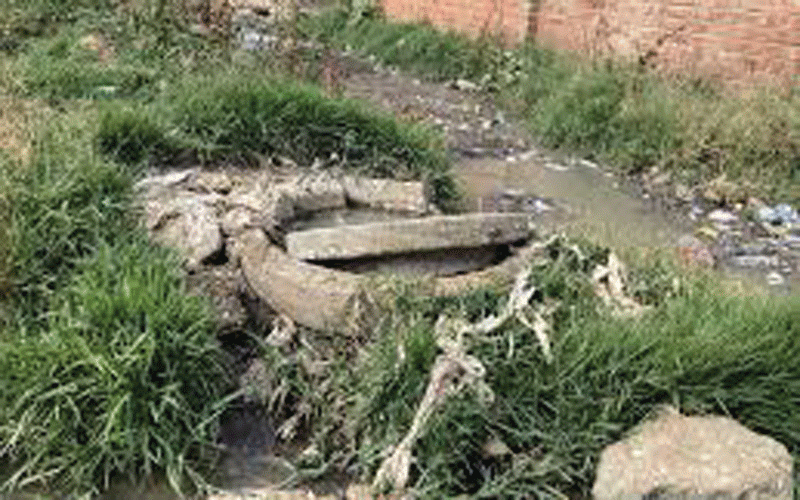
THE Agricultural Marketing Authority (AMA) has revealed sharp disparities in agro-input prices across Zimbabwe, prompting farming unions to warn of a looming crisis in preparedness for the 2025/26 cropping season.
The Agro-Input Monitor Issue 6, June 2025, which surveys agro-dealer prices in key farming districts, has revealed significant variations in the cost of fertilisers, seed, veterinary remedies and stockfeed particularly affecting smallholder farmers.
According to the report, a 50kg bag of Ammonium Nitrate fertilizer is priced at US$40 in Gokwe, compared to US$32,50 in Mutare.
Meanwhile, a 25kg bag of SC 719 maize seed costs US$149 in Harare, but just US$101 in Bulawayo. Compound C fertilizer peaks at US$52,50 in Marondera, while in Harare it is selling for US$35.
In some cases, price variations exceed 40%, posing serious constraints for thousands of resource-limited farmers.
“The increase in prices of agricultural inputs, particularly for seed and fertilisers, is significantly undermining the preparedness of the farmer for the 2025/26 farming season, especially smallholder farmers,” Zimbabwe Commercial Farmers Union Matabeleland North vice-chairperson Clive Munakandafa told NewsDay Farming.
“Without relief, these price hikes could devastate their planning and finances, ultimately affecting household food security across the country.”
The AMA report, which tracks input prices across Harare, Chiredzi, Chinhoyi, Bindura, Marondera, Bulawayo, Gokwe and Mutare, also highlights the uneven availability of products, depending on local stock levels.
- I don’t have depth: Bosso coach
- Private sector makes inroads into wheat production
- Interview: Cottco CEO lays out manufacturing vision
- Private sector makes inroads into wheat production
Keep Reading
While transportation costs may explain some of the discrepancies, farmer unions argue that profiteering, weak market regulation, and poor decentralisation of certified input supply are deepening inequality among farmers.
“The financial pressure is causing widespread delays in procurement, disrupting farmers’ ability to adequately prepare for the upcoming season,” Munakandafa said.
“This will result in late planting, reduced hectarage, or compromised input application all of which negatively impact yields and long-term productivity.”
He warned that many farmers may be forced to turn to unregistered or low-quality substitutes, especially in remote areas where certified suppliers are limited.
“These risky alternatives may seem like the only viable option for desperate farmers trying to make ends meet,” Munakandafa added.
Zimbabwe Farmers Union secretary-general Paul Zakariya described the price volatility as a threat to the viability of agriculture.
“This is the sad reality. Agriculture, like any other business, depends on managing costs and growing yields to stay profitable,” he said.
“The hiking of input prices bordering on profiteering is a very dangerous economic behaviour that undermines national development.”
He noted that farmers are unable to pass on rising input costs and remain exposed to economic shocks.
“As prices skyrocket, farmers cannot shift the burden elsewhere,” Zakariya said.
“They bear it directly and that renders their businesses extremely vulnerable.”






